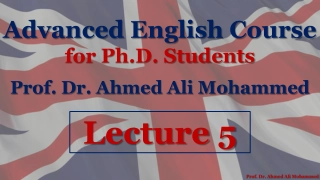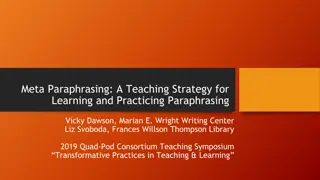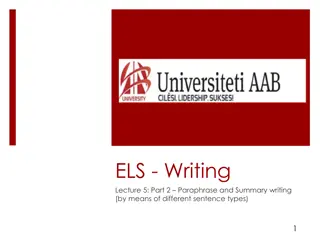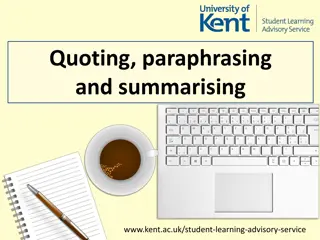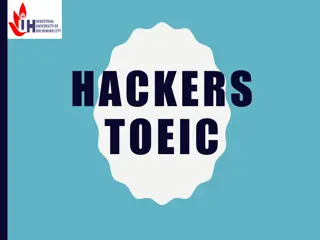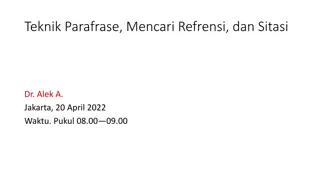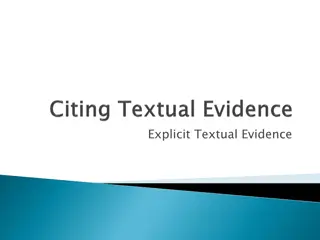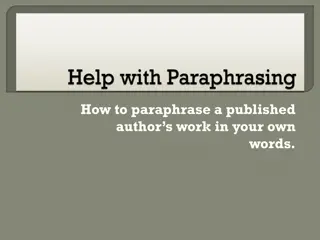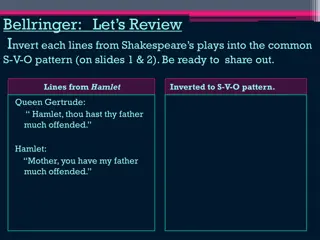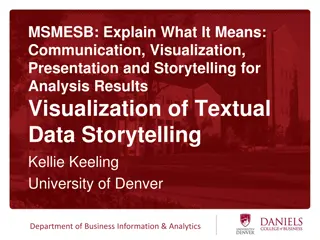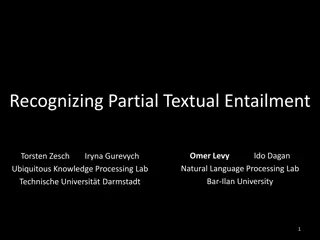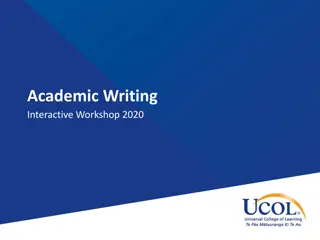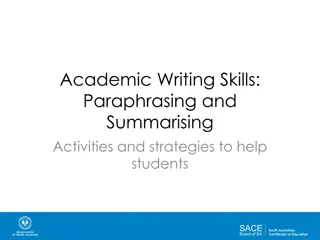Mastering Textual Evidence: Paraphrasing Techniques and Strategies
Learn the art of paraphrasing through techniques such as replacing subjects and words, rearranging sentences, and condensing information. Understand the difference between quoting, summarizing, and paraphrasing, illustrated with examples and tips on effective paraphrasing. Remember the R.A.P. approach: Read, Analyze, Paraphrase.
Download Presentation

Please find below an Image/Link to download the presentation.
The content on the website is provided AS IS for your information and personal use only. It may not be sold, licensed, or shared on other websites without obtaining consent from the author. Download presentation by click this link. If you encounter any issues during the download, it is possible that the publisher has removed the file from their server.
E N D
Presentation Transcript
PARAPHRASING NOVEMBER 21, 2016
Citing Textual Evidence The Quote: To rewrite an idea EXACTLY as it appears. Copied directly from the text. Includes quotation marks " ". Must credit the author.
Citing Textual Evidence The Summary: To retell the main idea of a text in you own words A brief, more condensed version. Includes key academic words, but does NOT copy the author's sentences. Does NOT include your opinion.Includes the MAIN IDEA and KEY details.
Citing Textual Evidence Paraphrasing: To rewrite an idea in your own words. Written in your words using your voice and writing style. Translate the author's words into your own. AVOID PLAGIARISM
8 Ways to Paraphrase 1. Replace the subject with a pronoun (Jim becomes him). 2. Replace words with synonyms. 3. Switch sentences around - rewrite the sentence. 4. Delete extra words/phrases that won't change the meaning of the sentence.
8 Ways to Paraphrase 5. Break a long sentence in to two shorter sentences. 6. Add words that won't change the meaning of the sentence. 7. Combine two sentences into one sentence. 8. Write the same thing in a completely different way. BONUS Combine these strategies!
Paraphrasing Example ORIGINAL TEXT Willy Wonka was famous for his delicious candy. Children and adults loved to eat it. PARAPHRASE Willy Wonka was known throughout the world because people enjoyed eating the tasty candy he made.
Just Remember to R.A.P. Read the sentences/paragraph. Ask yourself: What are the most important details and underline them. Put those details into your own words.


